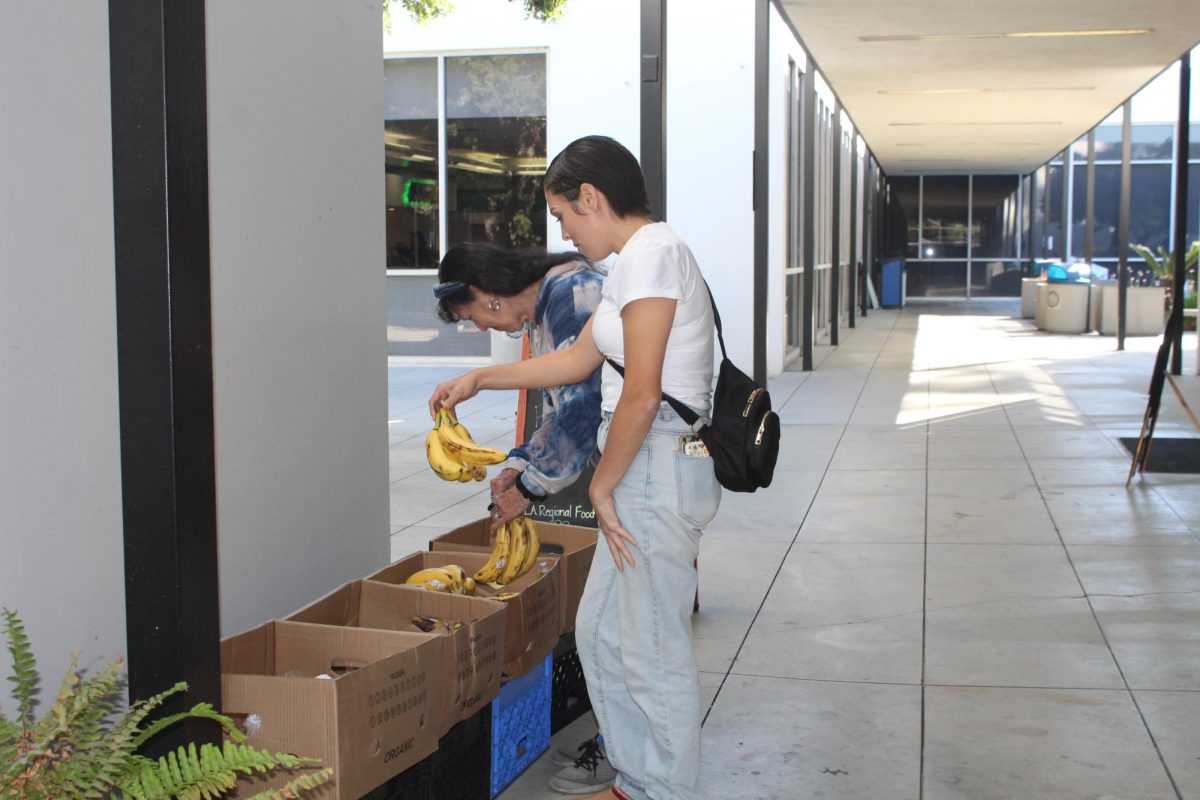The California State University Board of Trustees announced a 5 percent fee increase for undergraduate and graduate education programs on June 18, and another possible fee hike to be discussed in November.
CSU full-time undergraduate students will now pay $4,230 in tuition fees effective this fall, an additional $204 annually.
The $50 million fee increase is expected to generate will allow for more class offerings, according to a June 18 CSU press release.
“This is a disaster of historic proportions,” claims Scott Lay, president and chief executive officer of the Community College League of California.
Lay predicts community college students will also pay the price for this fee hike as university students fill community college classrooms to complete required coursework at a more affordable cost—a dilemma Lay says the state is not prepared to face.
“[Higher education advocates] have been talking about this historic enrollment bubble for a decade, but we utterly failed in ensuring adequate resources were there to serve California’s students.”
Cerritos College President Linda Lacy confirms that aside from CSU students enrolling in courses at the college, current students are prolonging their stay to avoid paying higher fees at California universities.
“I had a conversation with one of our faculty members and he indicated he has a student who had been accepted to (UC) Berkeley and (CSU) Fullerton, but is in the (Cerritos College) class due to the lower cost,” Lacy noted.
CSU Dominguez Hills Business Accounting major and former Cerritos College student, Angeline Escobedo, is unsure of the impact the fee increase will have on her enrollment.
“A higher fee will affect my parents who pay for my tuition, and I’m not currently receiving financial aid.”
Escobedo admits having taken extra time to complete additional courses at Cerritos before transferring.
“I took classes at community college due to the high cost of university tuition—my sister is also currently doing the same.”
Art major Nelson Leal considers the fee increase one more obstacle to overcome as he pursues admission to a CSU. He requests that state education officials consider how the effects of fee increases at the university level trickle down to community colleges.
“It is becoming more elite and nearly impossible to transfer to a CSU. With class reductions followed by budget cuts, and now another tuition increase, several students are left with few options to learn, and execute their education goals,” Leal said.
Lay describes fee increases as a “prisoner’s dilemma,” with no morally right choice.
“If CSU doesn’t raise fees and shifts even more students to community colleges, this will displace even more community college students than were displaced last year.
“The more students CSUs are able to serve, the better for community college students who are transferring now, and those that are planning to transfer later and need space in community college classes now.”
CSU officials calculate that increases in State University Grants, federal grants, CSU waivers and expanded federal tax credits will allow for more than 187,000 students to remain unaffected by the fee hike.
Lacy advises community college students transferring to state universities plan for financial help ahead of time.
“Students preparing to transfer should complete all transfer units that will be accepted at our fee rate. Also, seek financial aid and search for scholarships. Every year, scholarship dollars go unused.”
The CSU Board of Trustees will consider voting on another fee increase in November if the state does not fully fund this year’s proposed budget.







